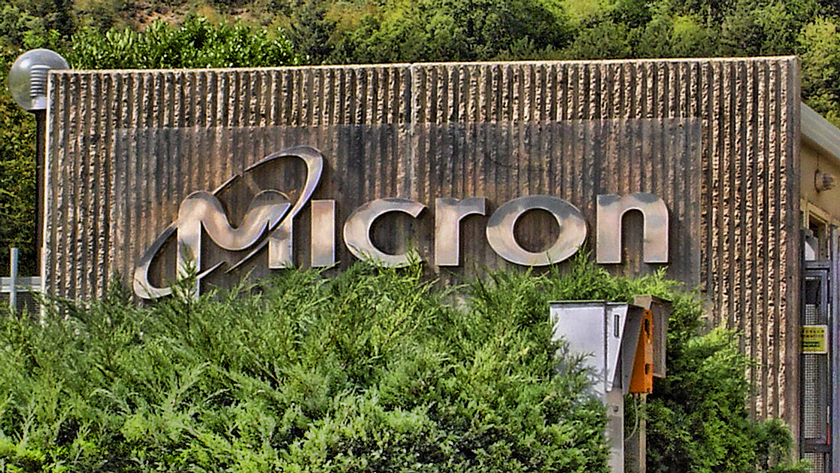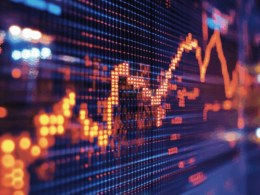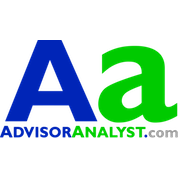In its May 2025 Insights report, titled The Art of Learning, KKR’s Global Macro & Asset Allocation team doesn’t just issue an update—it issues a wake-up call. The world has changed, the old playbook is broken, and investors need to get smarter fast. The piece builds on the firm’s “Regime Change” thesis, unpacking the fallout from post-election policy shifts, rising global tensions, and a rapidly changing economic order. From the role of U.S. Treasuries to tariffs and services trade, this is a no-nonsense guide for investing in a world that won’t sit still.
A New Regime, Still Firmly in Place
KKR isn’t wavering. As Henry McVey bluntly puts it, “This time is different.” And that difference boils down to four big forces: geopolitical friction, endless fiscal deficits, a messy energy handoff, and inflation that’s not going away quietly.
The result? The 60/40 portfolio is starting to look more like a relic. “Government bonds are no longer fulfilling their role as the ‘shock-absorbers’ in a traditional portfolio,” McVey warns. The April 2nd market scare—where stocks, bonds, and the dollar all dropped together—drove the point home. The old correlations have broken down, and that means asset allocation needs a rethink.
Tariffs: Not as Big a Deal as You Think
One standout update: KKR now sees a slightly lower effective tariff rate—15% instead of 18%—thanks to recent progress in trade talks, particularly with China and the U.K. Dave McNellis, Brian Leung, and Miguel Montoya say it’s good news, but not a game-changer. Trump had already made exceptions for high-impact goods like smartphones and electronics, so the marginal gains are limited.
Still, this shift was enough for KKR to nudge its 2025 U.S. GDP forecast up from 0.5–1.5% to 1–2%. China and Europe get similar, modest upgrades. The takeaway? Tariff relief helps, but it’s not rewriting the macro story.
Corporate Earnings: Resilient, But Politically Exposed
Even with policy turbulence and lingering inflation, KKR’s not sounding the alarm on earnings. Why? Because unlike 2008, this isn’t a balance sheet crisis. Banks are flush. Interest rates are dropping. The dollar’s softening. Oil’s off its highs. That’s a pretty solid backdrop for profits.
KKR’s proprietary Earnings Growth Leading Indicator (EGLI) isn’t flashing red. But there’s a catch: if policymakers botch fiscal discipline or threaten the Fed’s independence, markets could lose confidence fast.
Also worth watching: the services sector. McNellis notes that services—especially exports—deliver better returns and play to U.S. strengths. “Some insightful work... shows that services have a higher return on capital and are likely a better way to harness the U.S.’s comparative advantage,” he explains. Translation: don’t underestimate the economic engine that is U.S. services.
A Smarter Fix Than Tariffs? Let the Dollar Breathe
Here’s a curveball: instead of relying on tariffs to boost competitiveness, KKR suggests taking a hard look at the U.S. dollar. They say it’s about 15–20% too strong—a level we’ve only seen twice before, in the ‘80s and early 2000s.
History tells us what happens next: when the dollar gets too high, it eventually comes back down—often over a decade—and resets the playing field for global trade. “If the dollar were just to relinquish some of the elevated valuation... it could stabilize at a level that would significantly enhance U.S. competitiveness,” they write. It’s a subtle point with big implications.
Treasuries Can’t Do It All Anymore
For investors managing liabilities across currencies, diversification is no longer optional—it’s essential. Rachel Li’s work shows U.S. bonds are losing their correlation cushion with global bonds. That’s opening the door to new fixed income opportunities outside the Treasury market.
McVey highlights this shift: “The potential to periodically find international bonds that behave quite differently to U.S. Treasuries in investor portfolios is rising.” Add in private markets—like infrastructure, asset-backed lending, and real estate credit—and you’re looking at a far sturdier foundation.
Where the Opportunities Are Now
Here’s where KKR is placing its bets:
In public equities:
- Equal-weight S&P 500 over cap-weighted
- Overweights in Japan, India, and Germany
- Big-picture themes: capital-light to capital-heavy transitions, intra-Asia trade, and the “Security of Everything”
In private markets:
- Control equity positions with an operational edge
- Corporate carve-outs in the U.S. and abroad
- Real assets and infrastructure lending to hedge inflation
They’re especially bullish on control positions. “The difference between control and non-control positions will magnify materially in 2025,” the report states. Translation: active management matters more than ever.
The Big Picture: Adapt or Get Left Behind
KKR’s The Art of Learning isn’t just about markets—it’s about mindset. This new era demands flexibility, humility, and a willingness to rewrite the rules. Their message? The old shortcuts won’t work anymore.
“The fat left tail risk... has been—through trial and error—mitigated,” the team notes. But survival now depends on learning fast, diversifying broadly, and thinking globally.
Or as McVey sums it up, quoting a Chinese proverb: “Learning is like sailing against the current; if you don’t advance, you will be driven back.”
In this regime, there’s no coasting.
Footnotes:
1 McVey, Henry H., et al. "The Art of Learning." KKR, 20 May. 2025
Copyright © AdvisorAnalyst















